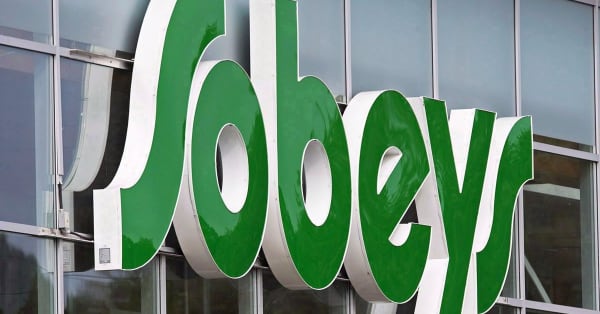💯 the future of the points economy
where loyalty lies

The Bank of Canada is building the capability to issue a digital version of the Canadian dollar, which is known as a “central bank digital currency.”


But many Canadians already trade in a range of proximate digital currencies: loyalty programs.
A recent study found that Canadian levels of engagement with loyalty programs are among the highest globally.
During the 2008 recession, ‘extreme’ couponing grew in popularity as people sought tactics that stretched a dollar. These discounts were ‘dumb’ (universal and indiscriminate) and there wasn’t any data collection tethered to redemption - at least, nothing personal.
In this current inflationary period, expect competition amongst loyalty programs to heat up. As the inflation is not just price, but also attention, which is increasingly fleeting and scarce. Loyalty marketing faces attentional inflation as they have to offer more value or relevance to be noticed.
Fundamentally, loyalty programs are schemes that offer modest discounts in exchange for your privacy, so that they can engage you with targeted ads that nudge you to shop more often and spend more money. The gross imbalance between a rewards app and a consumer was recently exemplified by the findings of the Privacy Commissioner’s investigation into Tim Horton’s mobile app, which was found to have “violated privacy laws in collection of ‘vast amounts’ of sensitive location data.”
Loyalty programs use subtle strategies to extract personal information from shoppers in exchange for rewards. These rewards are a form of compensation for sharing personal information and have become a normalised part of everyday life. We purchase a coffee and collect Starbucks “Stars,” casually swipe our AirMiles as we fill up at the gas station, revel in free shipping through Amazon Prime, and maximise our travel points for that next trip via our credit card. It can be remarkably satisfying to participate in these gamified programs that create a sense of virtual wealth and privilege.
Loyalty programs are an effective expression of ad tech that can be exploitative under the friendly guise of ‘loyalty’ or ‘rewards.’ They help increase revenue and can also inform strategic business decisions. For instance, Cineplex uses the data from Scene Points to determine their release schedules. That’s cool, but certainly secondary (or tertiary?) to rewards premised on someone’s cinematic frequency.
Business intelligence isn’t new - but it has always been driven by the cost of obtaining the intelligence. Digital enables considerably greater reach and scale. Companies that have been able to knit together customer-specific data to upsell clients are also not new. In fact, it’s probably not even possible to have a competitive company that doesn’t leverage data in a way that attempts prediction. The primary mechanisms for advertising: television commercials, flyers, and radio ads are diminishing. Almost all of a company’s possible communication channels to sell products have shifted online. This increases the expectation that an ad is “personalised.” Exponential growth in e-commerce has been an accelerant, because when customers shop online, it’s much easier for them to compare prices and find the “best” deal. Ultimately, firms need databases to compete. Customers want transparency, but companies see their data as proprietary information.
It is ironic that many of us can work to resist surveillance from smart city initiatives and opt-out of cookie tracking while proudly redeeming our points for bonus offers. These programs undermine our autonomy as consumers, and the evolution of rewards programs are a sophisticated form of consumer surveillance. While surprisingly simple, digital loyalty programs provoke strong and powerful behavioural effects through gamification. Some airline rewards programs are so captivating that people take pointless flights to maintain their status.
These rewards programs create shrewd micro-economies where “points” are effectively a digital currency and source of imagined wealth that are vulnerable to hackers. While companies that are collecting a shopper’s information may not sell the data or share it with third parties, the internal leveraging of this data creates massive competitive advantages and drives market power and challenges small businesses. At the same time, this presumed “loyalty” is hardly exclusive - most ppl have 13 loyalty cards.
💉 You can’t sell your organs, womb, or blood for money in Canada. So why can you sell your personal information for points?
Maybe it’s time to take back our ‘power’ as shoppers and reimagine loyalty.
What does an ethical or ‘responsible’ loyalty program look like? Do loyalty programs HAVE to be exploitative? Why can’t loyalty points be openly exchanged or traded like other currencies? How much does your loyalty *actually* cost?


The future of loyalty will be radically transparent, self-directed, and likely decentralised with data portability rights. We’ve already seen loyalty programs creep into the broader health sector. Which if approached differently, what if we gave out loyalty points to patients with chronic illnesses or disabilities? A means of reimagining an otherwise broken ODSP? Or just another dystopia?
We’re testing the hypothesis that cryptocurrency will be the future of the points economy. For many, the likely evolution of their favourite loyalty program(s) will be their earliest engagement with web 3.0.









